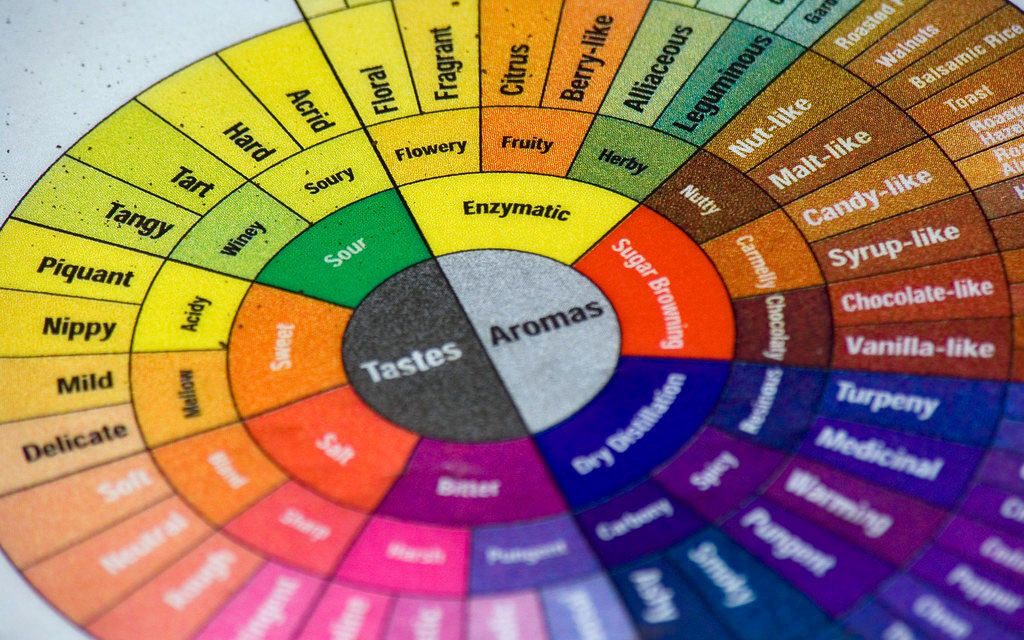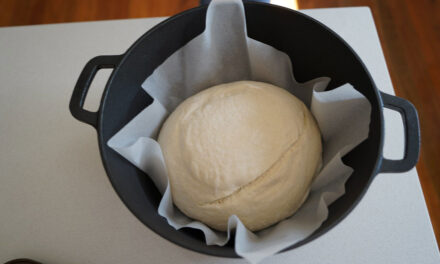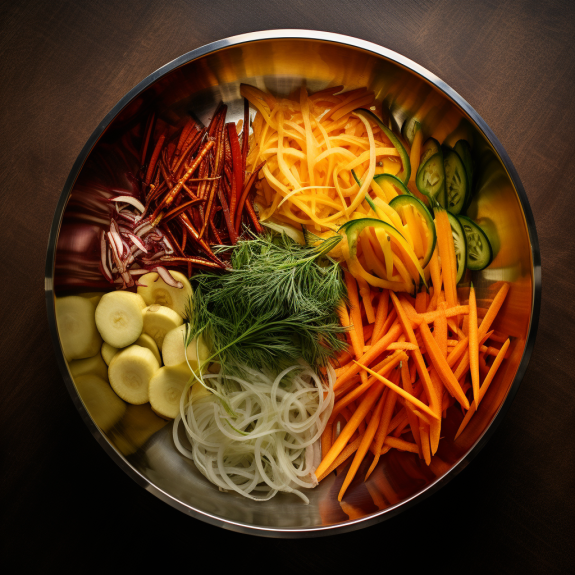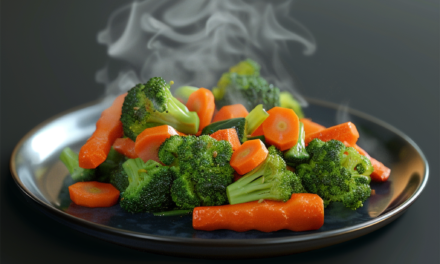Flavor mapping is a cooking technique used to explore and understand how different flavors interact and complement each other. By carefully analyzing and pairing various ingredients based on their chemical properties, textures, and tastes, flavor mapping allows chefs and home cooks to create balanced, harmonious dishes. This technique not only enhances the culinary experience but also opens the door for creative, unexpected flavor combinations.
How Flavor Mapping Works:
At its core, flavor mapping involves understanding the primary tastes: sweet, salty, sour, bitter, and umami. These basic tastes can be mapped and combined to form complex and well-rounded flavor profiles. For example, sweet and salty pairings, like caramel and sea salt, create a balanced contrast. Similarly, combining acidic ingredients (like lemon or vinegar) with umami-rich foods (like soy sauce or cheese) can bring out deep, savory notes.
Chefs often use flavor wheels or charts to visually represent how ingredients’ tastes, textures, and aromas can complement or contrast with each other. These tools allow cooks to predict and create the perfect flavor combinations, whether they are pairing spices with proteins or balancing sweetness with acidity in sauces.
Why Flavor Mapping is Important:
- Enhanced Pairings: It helps discover and refine ingredient combinations, ensuring dishes are well-balanced and flavorful.
- Creativity in Cooking: By understanding flavor relationships, cooks can push the boundaries of traditional cooking and experiment with new, unique dishes.
- Flavor Harmony: It allows for precision in developing layered, harmonious flavors in complex dishes.
In essence, flavor mapping is a powerful tool that helps you intentionally craft flavors, whether you’re making simple meals or gourmet dishes, ensuring every bite is delicious and thoughtfully composed.






